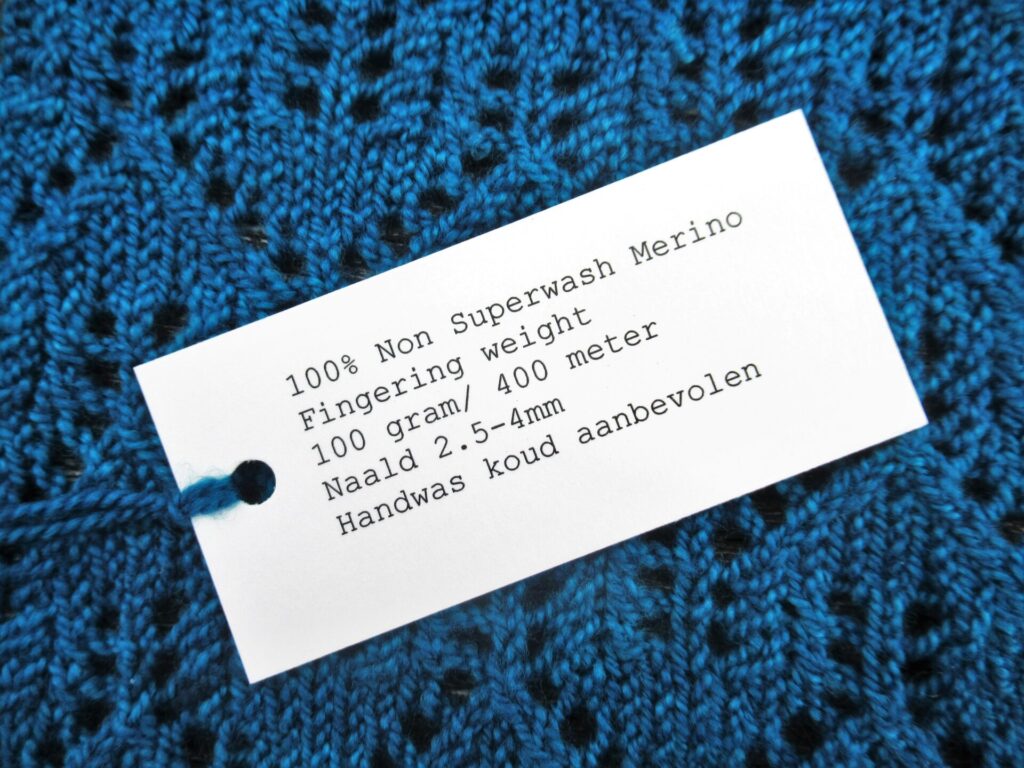
Hello!
From the 1970s I remember something new appearing on the yarn market: Superwash Wool! It was considered a blessing. Garments knit from superwash wool were so much easier to care for – they didn’t felt, they didn’t shrink and all in all they were more durable.
For the blanket I knit for our grandson, I deliberately chose a superwash merino wool to make life easier for his parents. And now, recently, I read ‘…I have stopped purchasing superwash wools…’ in this book:
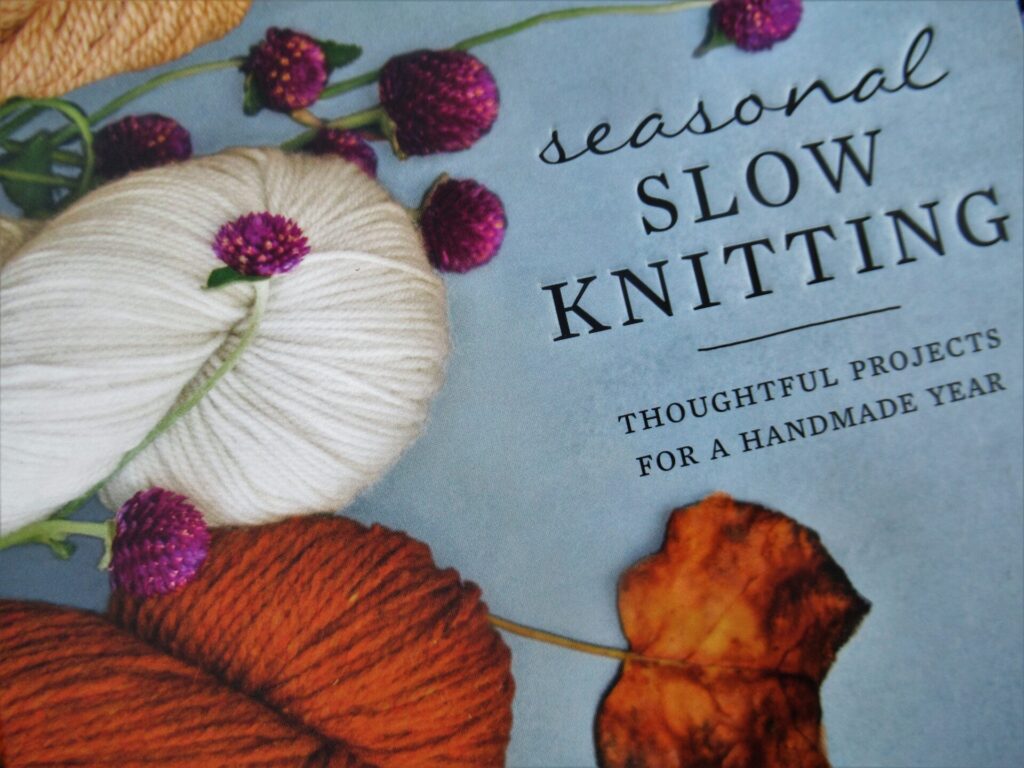
Why? I thought.
And then I came across a yarn explicitly marketed as non-superwash. Again I thought, Why? (Uh-huh, I have deep thoughts from time to time.)
Intrigued, I bought a few hand-dyed non-superwash skeins. They are now an almost finished Thús 2, that I’ll finish as soon as the weather gets cooler:
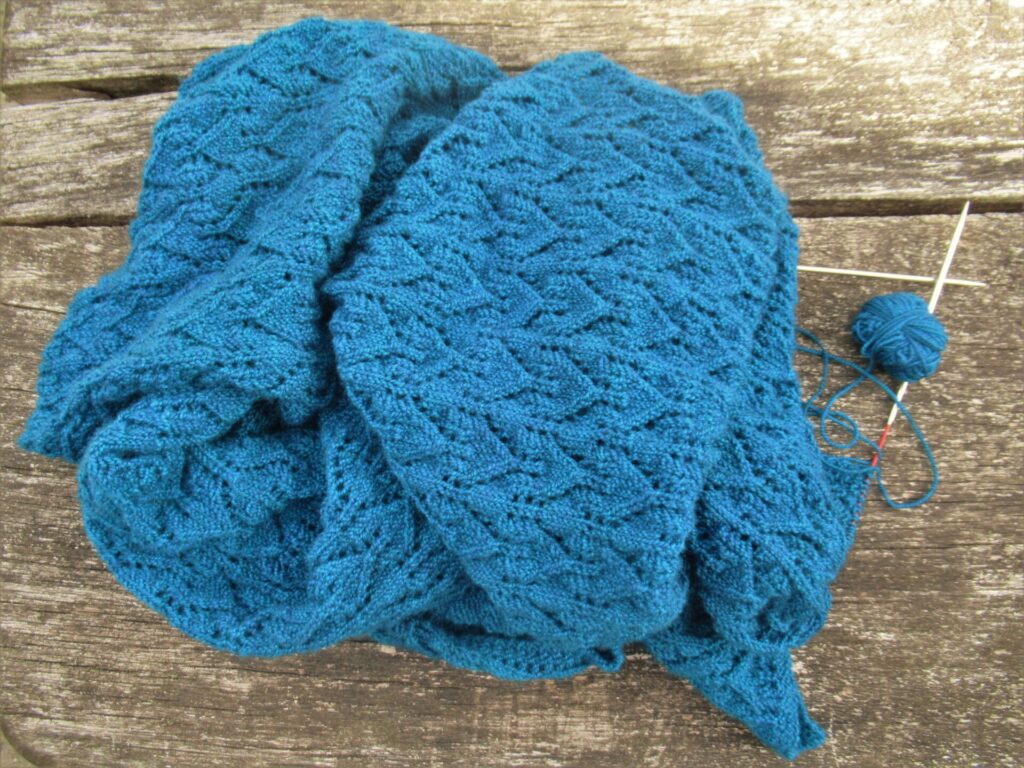
‘But’, I asked the indie dyer selling this yarn, ‘does that mean that your other yarns are superwash, even though the labels don’t say so?’ ‘Not all of them, but some of them are,’ she said. I was flabbergasted.
Apparently I’d been using superwash yarns all along without being aware of it! I’d always thought that all yarns were non-superwash, unless specifically labelled as superwash. And what’s wrong with superwash yarns anyway?
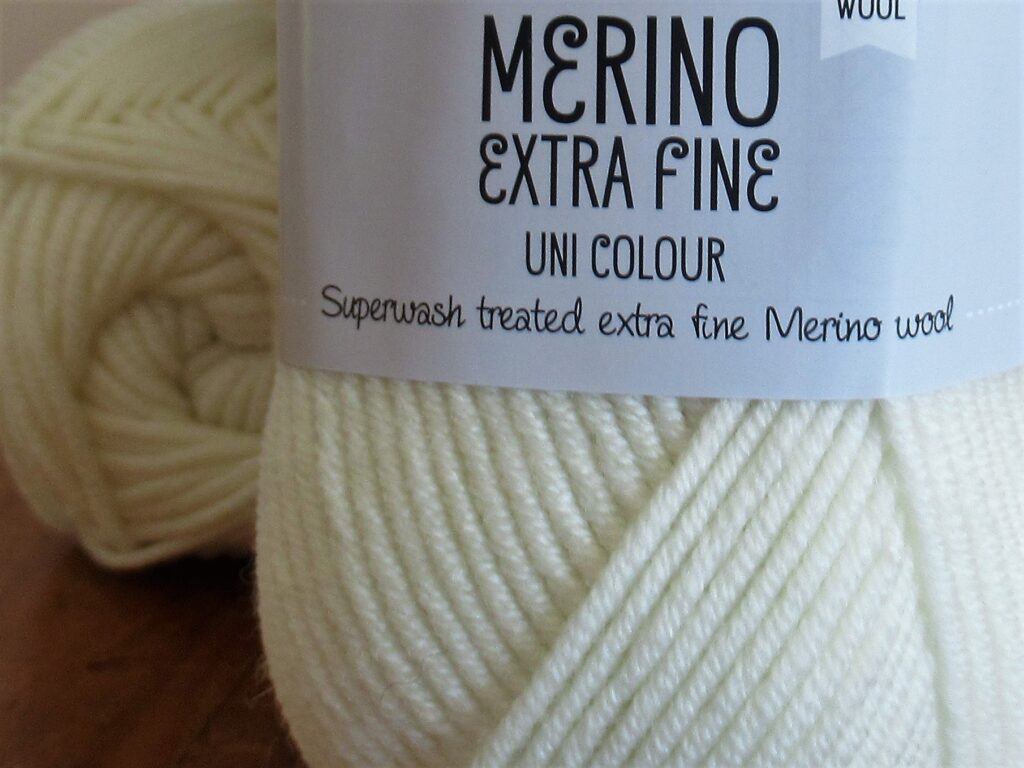
Always happy with an excuse to do some research, I dived into an online sea of opinions and information about superwash versus non-superwash wool, almost drowning in it. Here is a summary of what I found out:
Why would wool need superwash treatment at all?
Wool fibres have tiny open scales that interlock when friction is applied or when they come into contact with quickly changing water temperatures, leading to felting and shrinking. Superwash treatment can prevent that.
A controversial superwash treatment
The most commonly used method for shrink/felt-proofing wool by far is the chlorine-Hercosett process. After washing, but before spinning, the wool goes into a bath of diluted chlorine to dull the scales. And after that the scales are coated with a synthetic (polymer) resin to make them even smoother and prevent the wool from felting/shrinking. There is a lot of debate about this method:
- On the one hand: The chlorine-Hercosett method requires large quantities of water and produces an environmentally hazardous effluent. In some parts of the world this may lead to water pollution.
- On the other hand: Because of the strict waste water legislation in the EU and some other countries the effluent is treated to such an extent that only very clean water leaves the factory.
- Positive: This treatment prolongs the lifespan of items made from the wool.
- Question mark: Does the resin coating release micro pollutants when the wool is washed? Some producers say that the resin used is biodegradable and does not, but somehow I do not feel completely assured.
More environmentally friendly alternatives
- EXP, which stands for EX-Pollution, was developed by Schoeller. This method avoids pollutants altogether, but still uses extra water.
- Naturetexx Plasma, a treatment not using any water at all, but just air and electricity. The drawback is that it uses lots of electricity and there are questions about the durability of the wool treated in this way.
So, what is an environmentally conscious knitter to do?
It’s complicated – sigh! The labels don’t tell us much. They sometimes tell us that a yarn has been superwash treated, but not always. And they don’t tell us which treatment process was used. What we can do is this:
- Visit yarn manufacturers’ websites. Some of them give useful information about their production process.
- Look for yarns with the GOTS (Global Organic Textile Standard) label. Chlorine cannot be used in any stage of the production of these yarns.
- Remember that any superwash treatment makes knitted garments last longer, which is also sustainable, and may be necessary for items that need to be washed often, like baby things.
- Choose non-superwash yarns for items that do not need frequent washing. Some people say that non-superwash yarns have less saturated colours than superwash ones, but I find that hard to believe looking at these yarns from my nearest indie dyer.
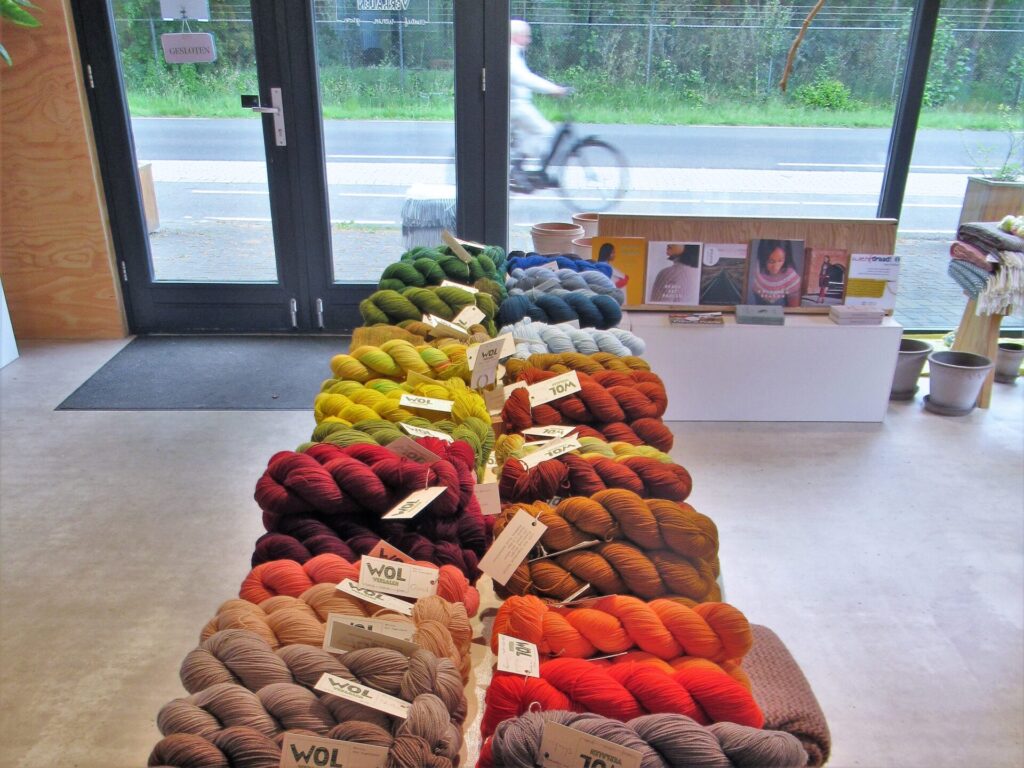
Information sources:
- A review of the sustainable methods in imparting shrink resistance to wool fabrics
- Article about the EXP process
- Article about the Plasma technique
- Clara Parkes on shrink proofing
- A yarn producer about their superwash treatment, another one, and another one
Okay, after all that seriousness, I think we deserve few more colourful yarn-filled photos, don’t you?
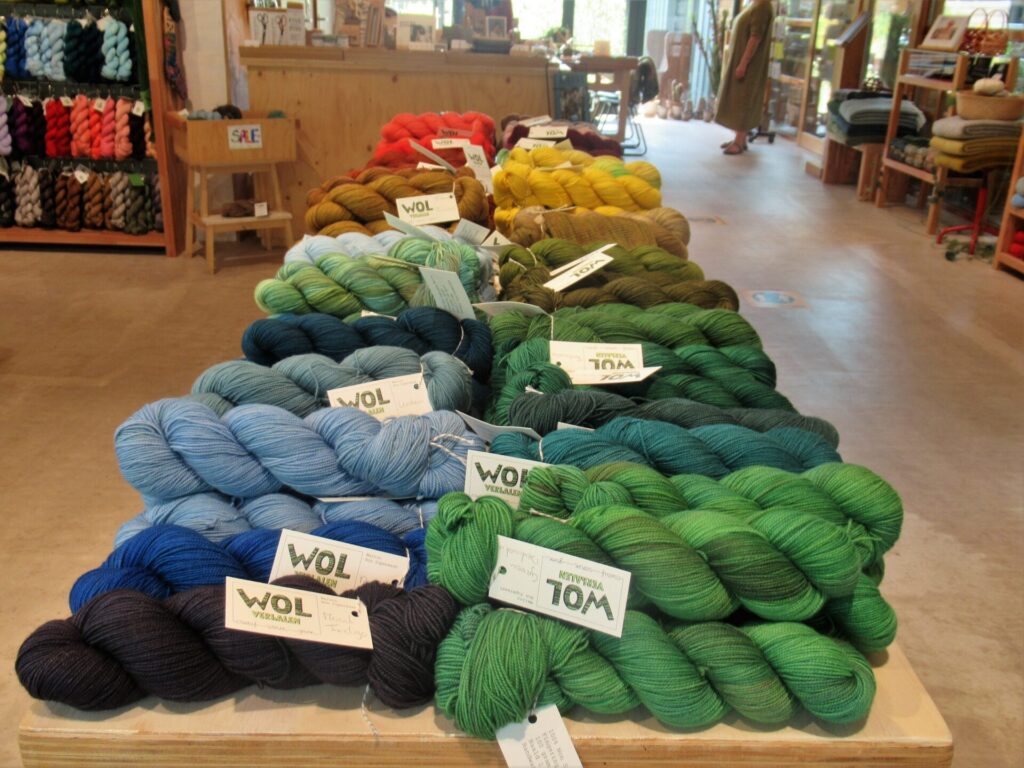
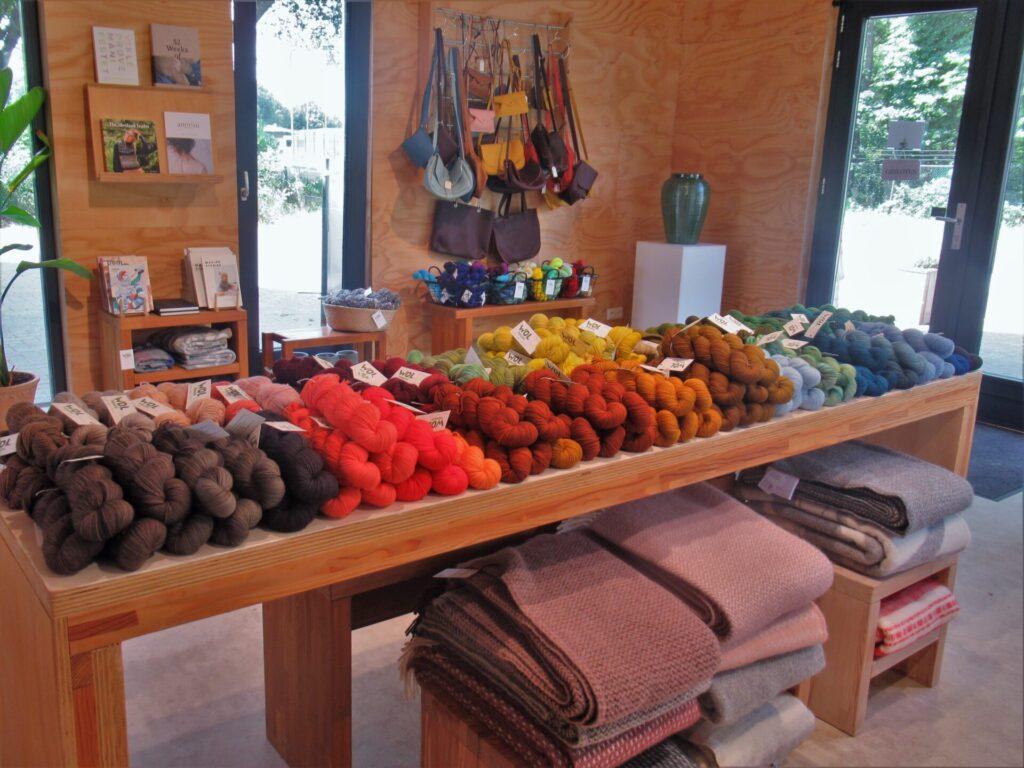
I so enjoy starting my workdays with your blog!
I recognize the labels and the yarn. I’ve used this yarn for 2 shawls and a sweater. I’ll use it again for shawls and small accessories, but my beautiful Corbis sweater is already felting around the armpits. I guess for sweaters I will still choose either s superwash treated yarn or a sturdier wool yarn (not merino).
BC Garn Semilla GOTS is another alternative, this one is soft wash treated. I was informed about this at Wol zo Eerlijk, she explained to me it’s a superwash treatment without chlorine, but I don’t know what they use now and cannot find it. This is the yarn:
https://www.bcgarn.dk/article.php?id=semilla-gots
What a shame about your beautiful Corbis sweater! Well, lesson learnt. I agree with you that it’s a great yarn for accessories. I’ve seen the BC Garn Semilla, too, and have tried to find out what this soft wash treatment is, but couldn’t find any information. It is bound to be a gentle process, though, as it’s a GOTS yarn.
Zo’n interessant onderwerp!
Ja, hè? Het is allemaal niet zo simpel, maar goed om je in te verdiepen.
What an interesting (and important!) topic…
I can give a little advice: If the skein says ‘machine washable, delicate’ than you can assume that it is a superwash treated yarn. For non-superwash-wool there is always recommended to handwash your garment, or to use the special wool cycle of your machine. Superwash treated wool tends to grow after washing by hand or wool cycle program, so keep that in mind, too!
Btw: I don’t think that garments knitted from superwash treated wool last longer. But on the contrary – garments from non-treated wool don’t need to be washed so often because they are made of dirt-repellent yarn. Usually they are lighter and therefore don’t tend to grow while wearing. They stay firm and never look sloppy as it can happen with garments out of superwash treated yarns. Even after years and years and years you will wear them with pleasure. That’s my experience – my oldest sweater knitted with son-superwash-wool is around 35 years old and I’m still wearing it. My superwash-garments just kept up for a couple of years, then they looked to old to wear it…
It was nice to meet you. And I’m glad I found your Blog. Thank you!
That really is food for thought, thank you! I enjoyed meeting you, too.